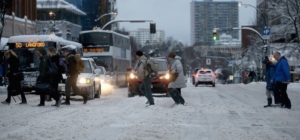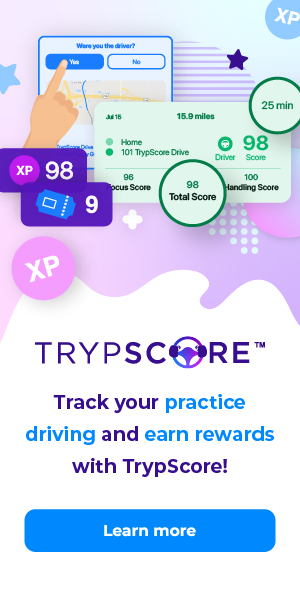Steve Wallace: Snow driving requires a special set of skills

When it snows heavily, those who are unfamiliar with driving in such conditions should leave their car at home or stay home, Steve Wallace writes.
Victoria-area drivers are undoubtedly the worst winter drivers in Canada. They seldom get the opportunity to experience winter driving conditions, in what is affectionately referred to as CaliforniaNorth.
Many are ill-equipped for the snow and cold, now called the polar vortex. This relatively new scary name for cold and wind chill has all the trappings of a made-for-media foreboding forecast.
A snow brush is standard equipment in winter for most Canadian drivers, but not so in Victoria. Every store in town was sold out by the time the average person showed up to get properly armed for thepredictable winter onslaught. At least those who got there first were armed and ready.
Tires are the only part of a vehicle touching the road. Winter tires work well in winter, particularly at double-digit-below-freezing temperatures. All-season tires can be reasonably effective up to that point, but do not perform as well, even at the desired temperature.
Braking in a newer vehicle is simple. Anti-lock systems will adjust to road conditions automatically. Pumping these brakes only reduces their efficiency, but is a good option for older non-ABS vehicle systems.
When it snows heavily, those who are unfamiliar with driving in such conditions should leave their car at home, or stay home themselves. Let others familiar with the snow do their thing. Keep the traffic lanes open for first responders, transit, tow trucks and others in the transportation industry.
People who must travel should put themselves in an advantageous position by staying on main roads and following well-equipped travellers. Four-wheel- and all-wheel-drive vehicles can go in the snow. Their traction is legendary. They do not stop any more quickly and efficiently than the average passenger vehicle, however.
It is important to keep the vehicle moving and avoid unnecessary stops. Getting going again can be difficult, especially on inclines. Smooth concerted steering-wheel movement will allow the proper tires to perform as advertised. Non-four-wheel-drive vehicles with the engine above the drive wheels work better than average. Rear-wheel-drive vehicles with rear-mounted engines do well in the snow, but the front-wheel-drives are much more common and certainly easier to control.
A friend of mine bought an all-wheel-drive vehicle this year. His only frustration was the ill-equipped people who impeded his journey in the recent snowfall.
You would think that clearing the snow from the vehicle would be job one, before venturing onto the road. Not in Victoria! There were drivers travelling with several centimetres of snow on the roof of their vehicle, as though it were some sort of trophy. Go figure.
At night, when it is snowing heavily, the low-beam lights are a better way of seeing the road ahead. This setting will allow a driver to see without the reflection of oncoming snowflakes.
Tilting the wiper blades away and upward will ensure they do not freeze to the windshield. Running your fingers along the blades before placing them back on the windshield can help with their efficiency. Vehicles with heated front windows, side mirrors and heated seats are much appreciated at this time of year.
Backing into a parking space and keeping the wheels straight for an easy exit, is a professional driving technique.
Kitty litter works well if the vehicle is stuck. It provides great traction.
Pushing a vehicle from the side with hands at the front or rear corners is a way of staying clear of an unintended forward or backward rocking of the vehicle while attempting to work it free of deep snow or ice.
If you are going to practise skids in a parking lot, make sure you are in a secure area. Public property is not always as public as you might think. Seek permission.
Steve Wallace is the owner of Joan Wallace Driving School on Vancouver Island. He is a former vice-president of the Driving Schools Association of the Americas, a registered B.C.
teacher and a University of Manitoba graduate.


